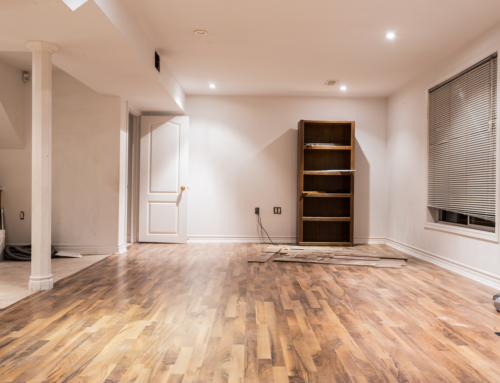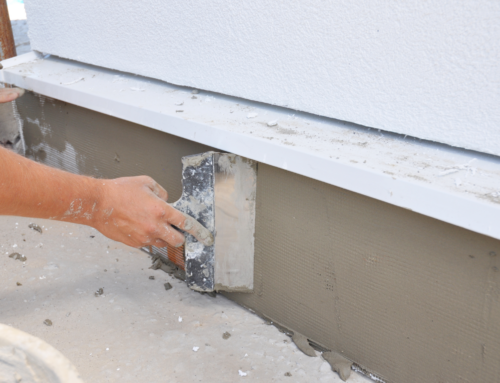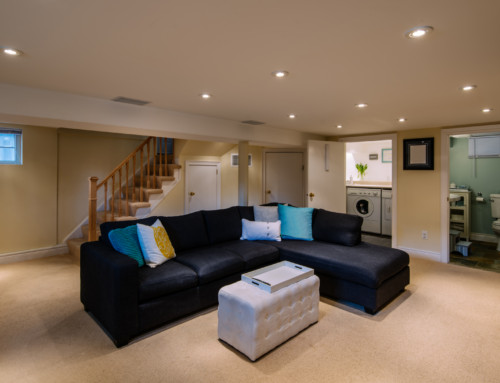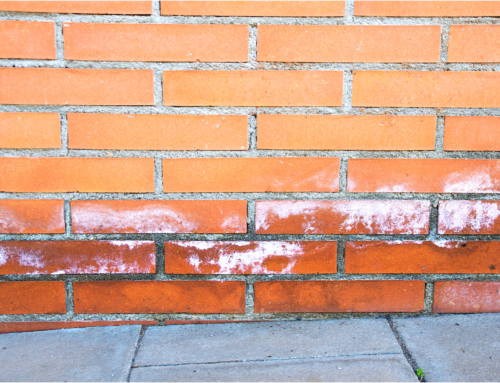Do you know what the humidity levels in your home are?
It’s something many homeowners don’t think about, but monitoring and managing the humidity levels in your home can have lots of benefits. The ideal humidity is between 40% and 60% humidity. Air that’s too humid, or air that’s too dry can cause these three problems in your home:
1. Unmanaged humidity can damage your furniture and appliances
If the air is too dry, you might notice cracks beginning to appear in your wooden furniture, cracked paint, or even the wallpaper peeling off your walls.
Changing humidity levels causes wood to swell when levels are high and shrink when levels are low. These contractions can cause cracks in the wood. For wooden floors, you might notice gaps in between the planks when the air is too dry.
Humidity that’s too high or too low can also cause problems with electrical appliances. Low humidity increases static electricity, and high humidity increases condensation – meaning that your electrical appliances might not last as long as they should.
2. The right humidity levels help to prevent illnesses
Bacteria tend to thrive in more humid environments, whereas viruses like colds and flu tend to survive and spread more easily in dry air conditions. Dry air can also dry out your sinuses and make you even more susceptible to catching colds and flu.
Boosting your indoor humidity level makes it less likely that pathogens will survive and transmit to those around you. A couple of tips to consider when trying to stop the spread of flu germs are:
Keeping a relative humidity level between 45% and 50% can help you to curb the spread of bacteria and pathogens in your home.
3. High humidity causes mold and mildew
Mold and mildew are some of the most common and obvious issues caused by a high level of indoor humidity. There are over 100 kinds of mold that can grow inside your home, and the vast majority of these need a warm and humid environment to do so.
While mold can sometimes form noticeable spores on walls and soft furnishings, it isn’t always easy to see when you have a mold problem. It often likes to hide in place you can’t see, like under the carpet or in dark, disused corners of your basement. Often the first sign is the distinctive musty smell.
Even though you may not see it, mold can cause health problems if it’s left unchecked. If you have mold, you’ll want to call a mold remediation specialist to remove it.
Monitoring and managing humidity in your home
The only sure way to know the humidity level in your home is to get a hygrometer – a device that accurately measures relative humidity levels.
It’s important to note that relative humidity changes with the temperature, so just because your home has a good humidity level in spring doesn’t mean it won’t be too humid in the summer, or too dry in the winter.
If your home is too humid – above 60% relative humidity, it’s a good idea to get a dehumidifier to help your home stay heathy and dry. If your home is below 40% relative humidity, you may want to invest in a humidifier.
If you’re concerned about high humidity, installing a professional dehumidification system is the most reliable way to remove excess moisture. Systems like Humidex can both dehumidify and ventilate your whole house, lowering moisture and removing contaminants from the air.
Why not contact us today to see how we can help?







Leave A Comment